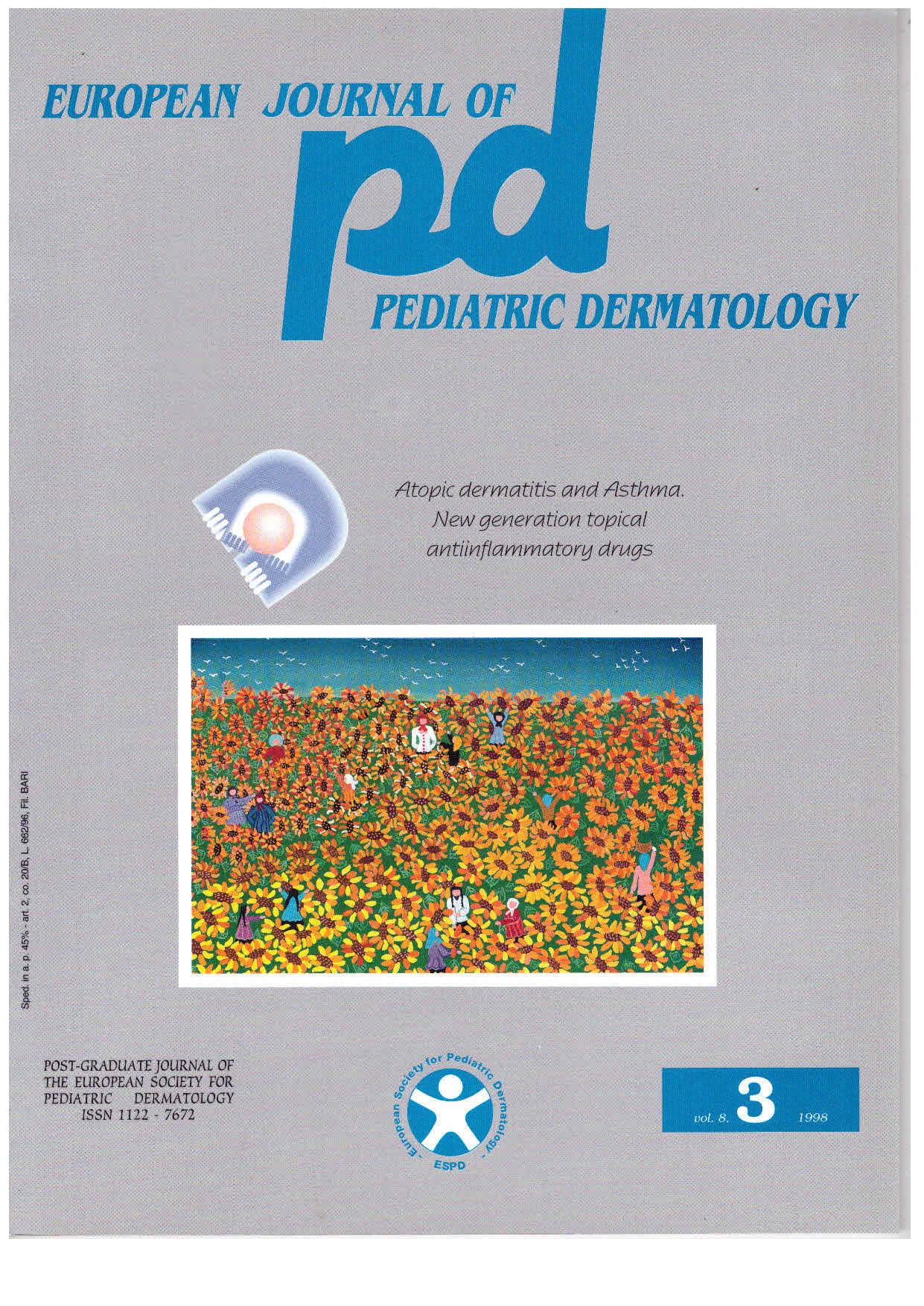Are cutaneous lesions useful for the diagnosis of primary immunodeficiency?
Downloads
How to Cite
Abstract
Primary immundeficiency diaseases (PID) are rare. Among 382,383 pediatric patients visited in a 26-year period of time 130 cases of PID were diagnosed, with an incidence of 1/2,911 pediatric patients and 1/350 dermatological patients. PID were classified as follows: humoral (27), cellular and combined (18), phagocytic (37), complement-related (3) and associated with major defects (45). Cutaneous manifestations were detected in 90 (69%) patients. Infectious and eczematous lesions, mainly atopic dermatitis were the most frequent cutaneous manifestations. Among the skin infections, the bacterial infections were the most frequent, followed by mycotic and viral infections. The highest incidence (81%) of cutaneous manifestations was detected in phagocytic immunodeficiencies. These results support the role played by dermatologists in the early diagnosis of PID (Presented in the International Congress of Neonatal Dermatology - Bari - Italy, September 24-27, 1998).

